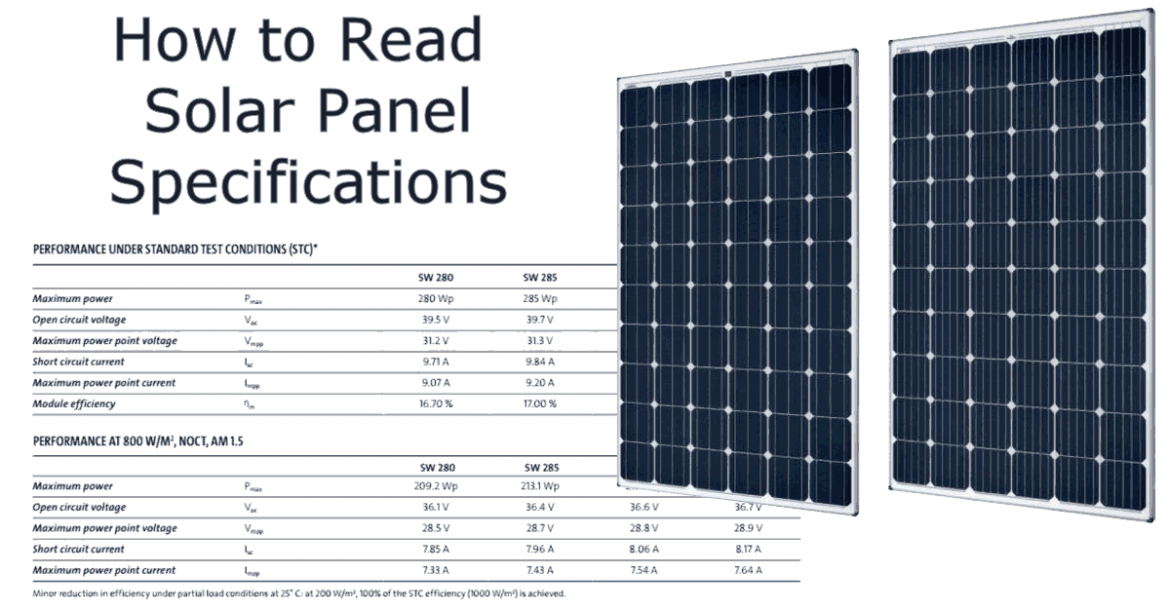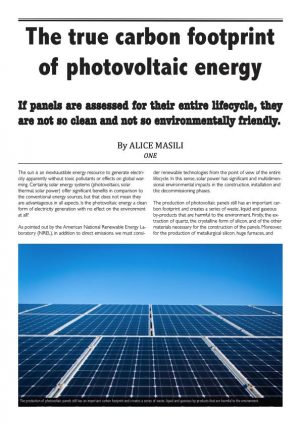Generally cell temperature is 20 30 c higher than ambient air temperature which equates to approximately 8 12 reduction in total power output depending on the type of solar cell and its temperature coefficient.
Compare temperature coefficient solar panels.
Given real world cell temperature noct conditions are more likely to average 45.
The temperature coefficient measures how much the power reduces for every degree rise in temperature above 25 c and that s panel temperature not ambient temperature.
Then the real world power output difference between the panel with the best temperature coefficient and solar panels with an average temperature coefficient is likely to be a difference between a 6 output degradation to an 8 average output degradation because of temperature.
Rising cell temperature reduces power output by a specific amount for every degree above 25 c.
What this means is that for every 1 c above 25 c sunpower s solar panels decrease in efficiency by 0 37.
To buy the best solar panels be sure to compare prices warranties and efficiencies of different solar panel manufacturers.
For example sunpower s solar panels all have a temperature coefficient of 0 37 c.
A lower temperature coefficient is better.
For example lg s lg350q1c a5 model has a temperature coefficient of 0 3 c.
The temperature coefficient of power quantifies this relationship between heat and power output.
Most solar panels have a temperature coefficient of around 0 3 c to 0 5 c.
In other words as temperature increases panel performance decreases.
As a solar panel increases in temperature the power output of the solar panel decreases.
For every degree above 25 c or 77 f your solar panel s electricity production will decrease by the temperature coefficient.
Generally monocrystalline solar cells have a temperature coefficient of 0 5 degc.
Their power drops as they get hotter.
5 compare temperature coefficient solar panels love sunlight but they hate heat.
If the surface temperature of your roof increases to 30 c 86 f your solar panel s efficiency will fall to 16 7 percent.
All solar cells have a temperature coefficient.
Here are the top 20 brands for 2020.
The temperature coefficient gives you a sense of how your panel s performance will change during hot sunny summer days.
This means a mono solar panel will lose half of one percent of its power for every degree the temperature rises.
Temperature coefficient of power the output of a solar panel is inversely proportional to the temperature of the panel.
Power c.









